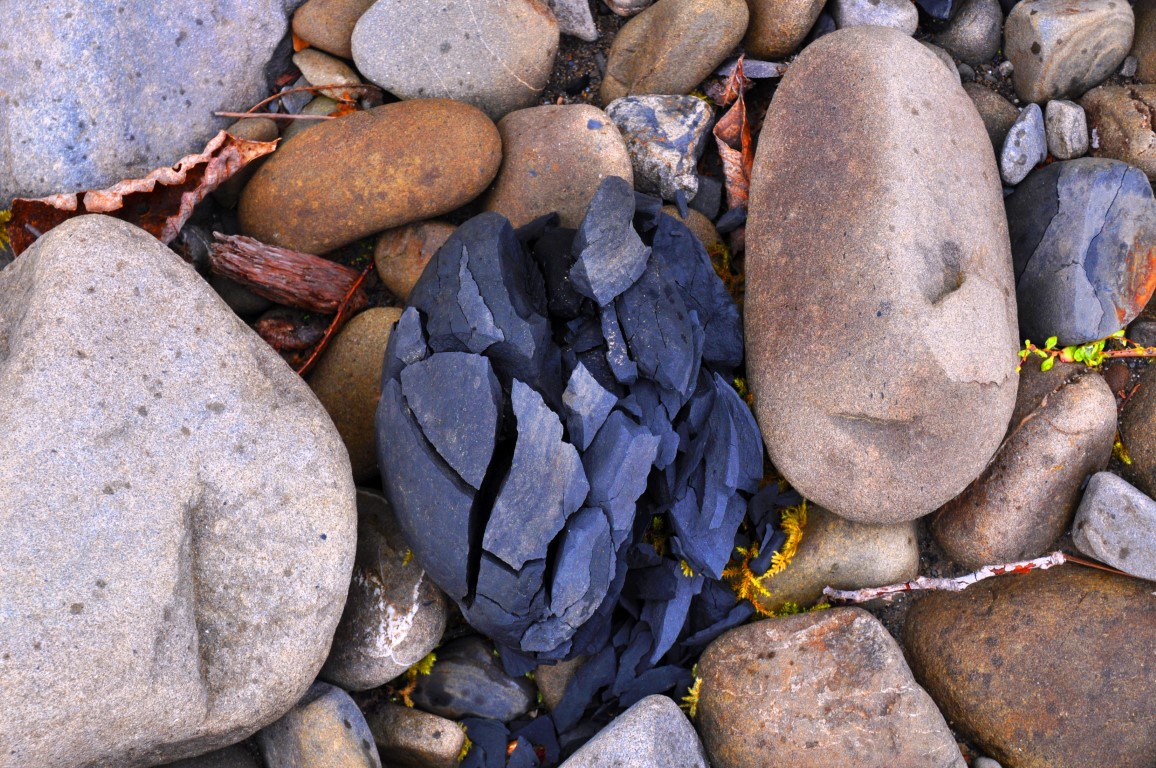Pioneering Carbon Removal through Rock Weathering with Carbony
by Kim Krey, on Mar 26, 2024In the quest for a healthier planet, humanity is turning to both innovative technology and the wisdom of nature. A breakthrough in this, which might sound like science-fiction, but is deeply rooted in earth’s natural processes, is enhanced rock weathering. Why is enhanced rock weathering exciting, in layman’s terms? This process is a glimpse into the future of

carbon removal, and is also a testament to the potential of nature-inspired solutions to combat climate change. As part of refurbed’s new environmental impact strategy, we have chosen to partner with the Austrian startup, Carbony. But let’s get to the core of this post: what exactly is enhanced rock weathering, and why is it crucial in the fight against carbon emissions? We’ll delve into the details and explore the significance of this partnership below.
What is Enhanced Rock Weathering?
Enhanced rock weathering is a process that accelerates the natural breakdown of certain types of rocks, which can absorb carbon dioxide (CO₂) from the atmosphere. By spreading finely ground rock on large areas of land, such as farmlands, this technique accelerates the Earth's own method of removing CO₂ from the air. The rocks react with CO₂ to form stable minerals that lock away carbon for millennia, reducing the greenhouse gases that are heating our planet.
Why is Carbony a Game-Changer?
Carbony has honed in on enhanced rock weathering, optimising the process to maximise carbon removal efficiently. By selecting the most effective types of rocks and grinding them to the ideal size, Carbony ensures that when these rocks are spread over land, they absorb maximum amounts of CO₂. Their innovative approach not only targets significant carbon reduction, but also enriches the soil, improving agricultural productivity—a win-win for the environment and farmers alike.
The Role of Carbon Removal
Carbon removal is essential in our battle against climate change. Reducing emissions is crucial, but it's only part of the solution. To put it into context, reducing emissions is a pre-activity that lessens more carbon entering our atmosphere, but we also need to tackle the carbon that already polluting our planet. To truly make an impact her, we need to actively remove existing CO₂ from the atmosphere. That's where technologies like enhanced rock weathering come in. By harnessing the power of natural processes, we can extract billions of tons of CO₂ annually, inching closer to our climate goals. Carbony's pioneering work in this field is a beacon of hope, demonstrating the scalable impact such innovations can have on global carbon levels.
Making the Complex Accessible
For those unfamiliar with climate technology, the concept of using rocks to fight climate change may seem daunting. However, Carbony's approach exemplifies the beauty of simplicity drawn from complexity. By leveraging natural processes that have been at work for eons, they present a solution that is not only effective but also relatable. The essence of their innovation lies in optimising what nature already does best, making it an accessible and practical solution for a broad audience.
A Sustainable Future for Everyone
The work of Carbony reflects a broader vision of a sustainable future accessible to all. It's a shining example of how innovation, inspired by nature, can lead to practical solutions for pressing global challenges. Enhanced rock weathering offers more than just carbon removal—it represents a pathway to a more balanced relationship between humanity and the earth.
To find out more about all the projects we support have a look at our carbon removal overview.
